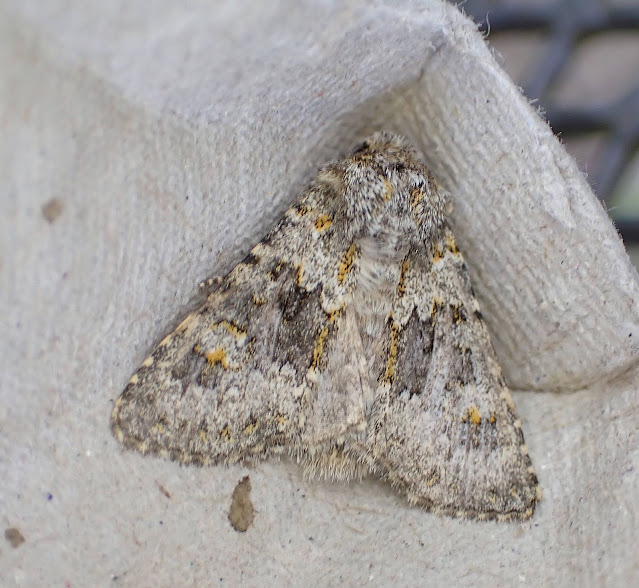I'm aware that AI identification divides opinion, but it you think it's going to go away, you've lost the plot.
The latest AI incarnation I've become aware of is the beta version of automated picture recognition on the Danish Fungal Atlas website - https://svampe.databasen.org/en/imagevision
Denmark's mushroom atlas, Danmarks svampeatlas, is home to the well-known MycoKey software. The image recognition system is a logical extension of MycoKey. Trained on a Danish dataset of 250,000 images, this is pretty useful for UK users. Allowing people to identify fungi via AI - what could possibly go wrong? The software includes the disclaimer:
Note that the system should be used with great care, and not as tool to identify edible fungi without involving knowledgeable humans with experience in fungal recognition. So please explore with curiosity and sanity.
It also flags when the ID results contain poisonous species. Beyond that, if people choose to ignore the warnings, well that's an argument in favour of natural selection as far as I'm concerned (although I'm pretty sure there are lawyers out there who would see it profitably differently). I've been playing with the AI, and as far as I can see it's pretty good. Although it lacks a probability score for search results that Obsidentify helpfully incorporates, it does have an unlabelled "confidence bar" for each hit. Each species returned does link to a useful guide text which includes spore details, etc. Obviously, if you think you'll be able to identify Cortinarius or Russulas from a mobile phone photo, you're probably not safe to be let out on your own. In future, it would be good if such apps could incorporate key ID information into the results returned, eg "check spore size" or "look for hairs on hind tibia". Even without that, unless you're a conspiracy theorist who thinks that this is all part of the great AI plot to take over, things can only get better. Because they're certainly not going to go away...





